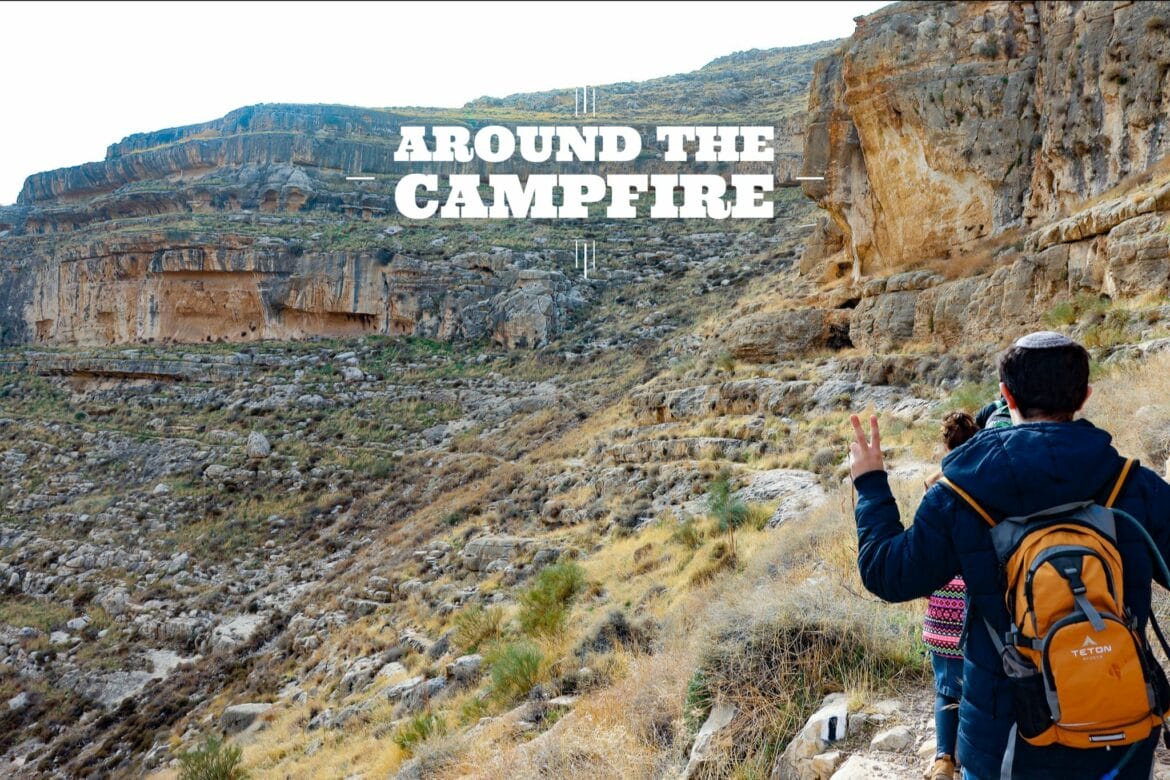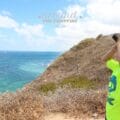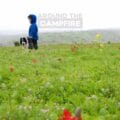
Want to hear something really weird?
Where I grew up, in New Orleans, Louisiana, there were no rocks.
New Orleans was so notoriously un-mountainous that every child I knew had climbed to the tallest point in the city: Monkey Hill, a grass covered, 10 meter mound in Audubon Zoo. We used to love rolling down from top to bottom as little kids.
I remember one picture book I had as a child, a Little Golden Book about a kid’s rock collection. The book explained the different types of rocks and their names, along with instructions to get outside and identify a few rocks on our own.
I tried. I really did. But I couldn’t find rocks anywhere. I found pieces of sidewalk, cracked and turned upside down by overgrown roots of oak trees. I found a few driveways full of pebbles – but nothing resembling the interesting geological formations from our book.
The closest I ever got to rocks was when the Rock and Gem Show came to town. There, for a few cents, my brother purchased a colorful assortment of minerals for us to marvel over. I caressed them in my little hands – smooth brown tiger’s eye, a piece of clear quartz, even a piece of yellow amber. I wished that I could see the places where these rocks came from.
For my kids, this notion of a rock-less land seems incredibly strange. Rocks in Israel, are, well…everywhere. They’re in the soil and in the park. They make up the wall in our yard, our raised garden beds, and of course, our hiking trails. They even seem to make it home in our shoes after every good outing.
All of this rock-plenty can make geology seem quite run-of-the-mill. Stones are as common as dirt in Israel (actually, probably more common). Rocks don’t grow, they don’t make noise, they don’t walk around…so why is it that I find them so incredibly fascinating?
Maybe it’s because rocks tell stories.
Canyon walls, crevices, caves, and cracks tell us about the history of the land we walk upon. In Israel, we come across fields of boulders, trails full of sea fossils, and black magma rock as a matter of course while hiking in the desert. In some places, chalk walls scrape away to fine powder while elsewhere, swirled sides of a gorge crumble like stale bread. And the colors – there are reds, golds, tans, blacks, and greys – all within hiking distance.
The reason we barely notice this stuff? It’s because we don’t speak the language of geology. We have no idea what all of it means. But those who speak the language can tell you: here water ran through, eating away at the stones. There, rocks sat at the bottom of an ancient sea filled with life. And in another place, people lived, carving out the top of a natural cave to trap animals.
If we take a dip into this fascinating science, the world around us can come alive. After all, geological signs and clues are everywhere in this country. Isn’t it worth our while to learn about these miraculous, incredible, fascinating things called rocks?








